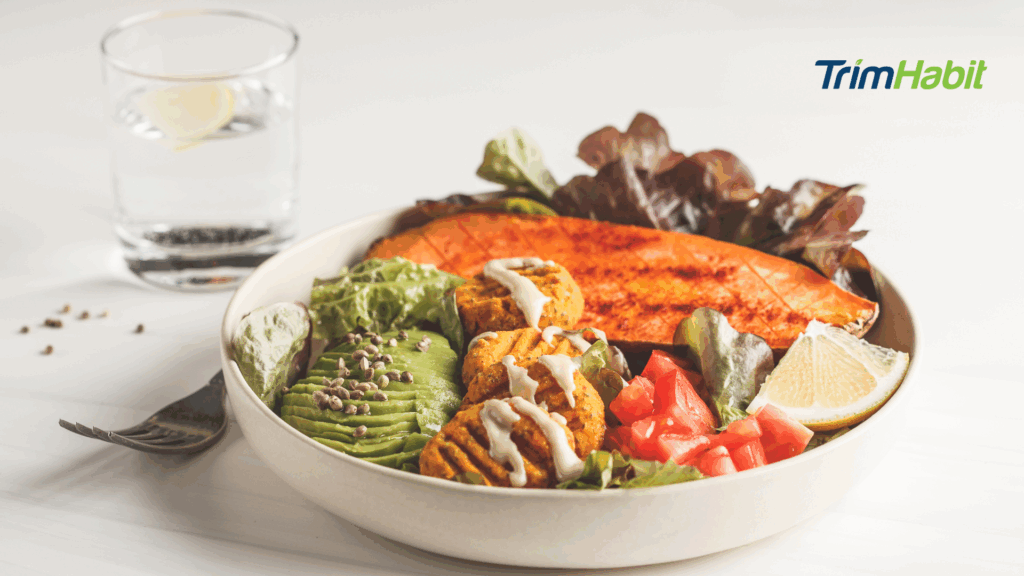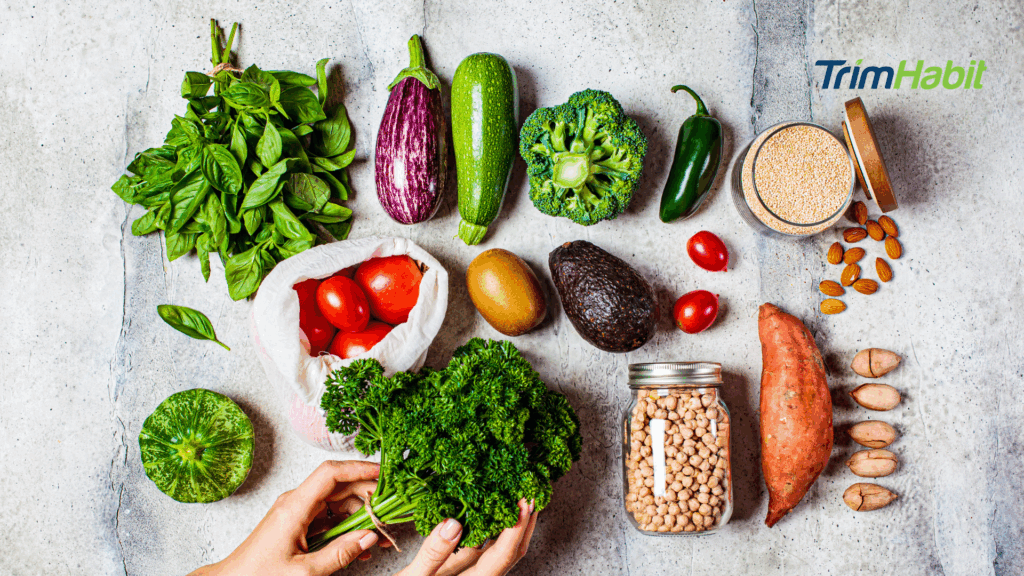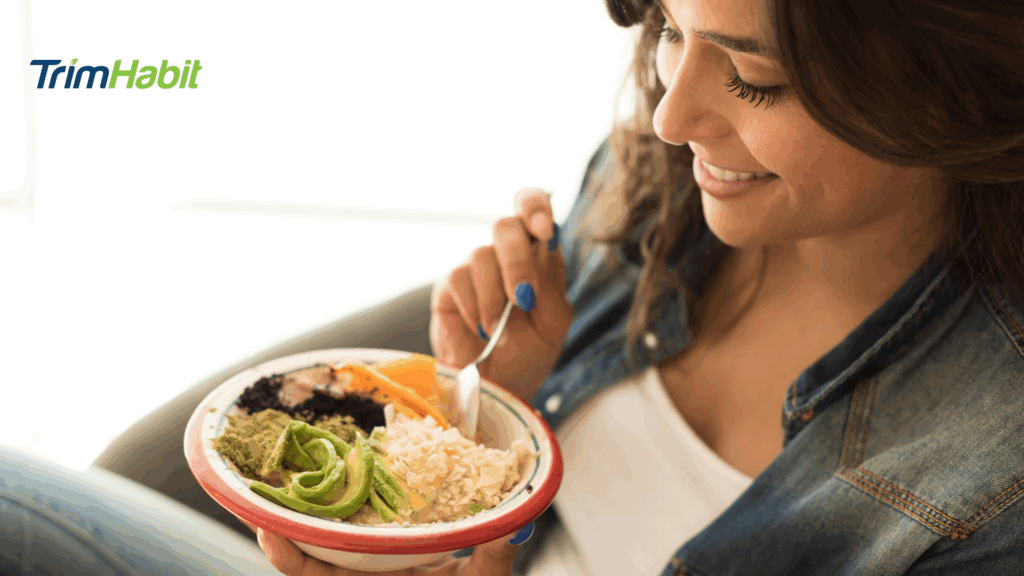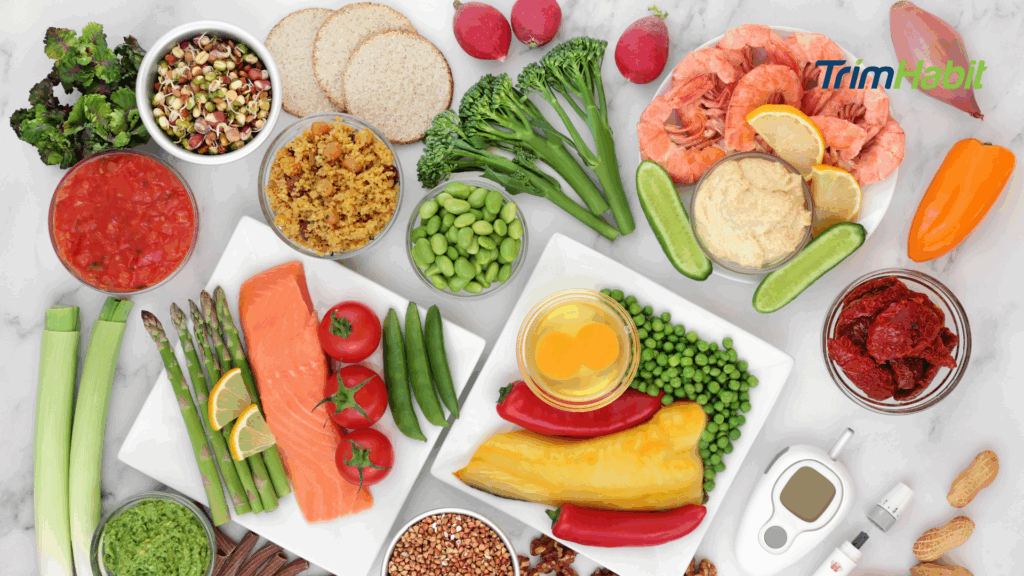Tea presents a wide range of varieties, each with its own set of unique benefits. While the well-known calming properties are widely acknowledged, drinking tea has two other distinct advantages: its ability to combat inflammation and aid in weight loss.
But how true are they? Let’s examine these claims and see if there truly is the best low inflammation tea for weight loss.
Inflammation: The Good And The Bad
Inflammation is a complex biological response that plays a dual role in the human body, both as a protective mechanism and as a potential source of harm. Understanding the duality of inflammation is crucial for comprehending its impact on health.
The Good
Protective Response: Inflammation is the body’s natural defense mechanism against harmful stimuli, such as pathogens, injuries, or damaged cells. It is a critical part of the immune system’s toolkit to isolate and eliminate threats, preventing the spread of infection1.
Tissue Repair: Inflammation is closely linked to the healing process. Recruiting immune cells and signaling molecules to the injury site helps repair damaged tissues and restore normal function1.
Acute Inflammation: Short-term or acute inflammation in the body is a beneficial and necessary response to immediate threats. It is a tightly regulated process designed to resolve quickly once the danger has passed1.
The Bad
Chronic Inflammation: Problems arise when inflammation becomes chronic, persisting over an extended period. Chronic inflammation is implicated in various health conditions, including autoimmune disorders, cardiovascular diseases, and certain cancers1.
Immune System Dysregulation: In some cases, the immune system can lose its balance, leading to an overactive response even in the absence of a clear threat. This continuous activation can result in chronic inflammation, damaging healthy tissues and organs.
Lifestyle Factors: Poor diet, sedentary lifestyle, stress, and environmental factors can contribute to chronic inflammation. The modern Western diet, high in processed foods and low in anti-inflammatory nutrients, is often associated with an increased risk of inflammation-related diseases.
Using Tea To Treat Inflammation
Beyond its delightful flavors, tea is increasingly recognized for its potential to manage inflammation.
Tea’s potential for addressing inflammation lies in its rich composition of antioxidants and polyphenols, which have demonstrated anti-inflammatory properties in scientific studies2,3. These bioactive compounds work synergistically to modulate the body’s immune response, potentially reducing inflammation.
Research indicates that regular consumption of tea may lead to lower levels of inflammatory markers in the body, suggesting a beneficial effect on overall health4. Additionally, certain tea varieties contain specific compounds, such as catechins in green tea, which have been particularly linked to anti-inflammatory effects5.
Integrating tea into one’s daily routine can serve as a natural and flavorful strategy to support the body’s efforts against inflammation, complementing other lifestyle interventions for optimal wellness.
However, while many studies show tea has anti-inflammatory benefits, it’s crucial not to overstate them. Most research has been done using cells and animals, and human trials are still in the early phases.
Using Tea For Weight Loss
Tea is also often linked to weight loss benefits. The beverage’s polyphenols and catechins’ other added benefit is that it may contribute to increased metabolism and fat oxidation, potentially aiding in calorie burning6. The moderate caffeine content in tea can further enhance these effects7.
Additionally, the low-calorie nature of tea8 makes it a suitable choice for those seeking to manage their weight, acting as a satisfying beverage that may help control appetite when consumed before meals.
Other Health Benefits Of Drinking Tea
- Heart Health: Regular tea consumption has been linked to improved cardiovascular health. Tea may help lower blood pressure, reduce cholesterol levels, and enhance blood vessel function9,10.
- Improved Mental Alertness: Tea contains caffeine and an amino acid called L-theanine, which collaborate to enhance cognitive function, alertness, and mood without the jittery effects often associated with coffee11.
- Reduced Cancer Risk: Some studies suggest that tea’s antioxidants may help protect against certain types of cancers, although more research is needed to establish definitive links12.
- Diabetes Management: Components in tea, particularly in green tea, may help regulate blood sugar levels, offering potential benefits for individuals with or at risk of diabetes13.
Best Low Inflammation Tea For Weight Loss
While no single tea can be definitively labeled as the “best” for low inflammation and weight loss, several types are often associated with these benefits:
- Green Tea: Renowned for its high content of antioxidants and catechins, particularly epigallocatechin gallate (EGCG), green tea is often hailed as a top choice for reducing inflammation and aiding weight loss. EGCG has been shown to boost metabolism and promote fat oxidation14, potentially contributing to weight management efforts.
- White Tea: White tea undergoes minimal processing, preserving its high antioxidant content, making it beneficial for reducing inflammation. Its delicate flavor and low caffeine content make it a soothing option for those seeking weight loss support.
- Black Tea: Although less studied than green tea, black tea shows potential for weight management. It also contains polyphenols that could contribute to anti-inflammatory effects, making it a noteworthy addition to the list.
- Turmeric Tea: Drinking turmeric tea, celebrated for its potent anti-inflammatory properties attributed to curcumin, is gaining popularity as it reduces inflammation and may also aid in weight loss by boosting metabolism and promoting fat breakdown15.
- Ginger Tea: Ginger contains bioactive compounds like gingerol, known for their anti-inflammatory effects. Ginger tea may help alleviate inflammation while promoting digestion and boosting metabolism, supporting weight loss efforts16.
- Chamomile Tea: Chamomile tea is valued for its calming properties and potential to reduce inflammation. While it may not directly contribute to weight loss, its soothing effects can aid in stress management, which is often linked to inflammation and weight gain17,18,19.
- Rooibos Tea: Rich in antioxidants like aspalathin, rooibos tea possesses anti-inflammatory properties and may support weight loss by regulating blood sugar levels and reducing cravings20,21.
Realistic Tea Expectations
Though tea, particularly certain varieties, has been associated with potential benefits to reduce inflammation and weight loss, it’s crucial to set realistic expectations based on current scientific understanding:
- Moderate Impact: The impact of tea on inflammation and weight loss is generally considered moderate. While some studies suggest positive effects, they are often modest, and individual responses may vary.
- Part of a Comprehensive Approach: Tea should be viewed as a complementary element within a broader approach to health. Incorporating tea into a balanced diet, regular exercise, and overall healthy lifestyle habits is essential for maximizing its potential benefits.
- Variability Among Tea Types: Different types of tea (green, white, turmeric, etc.) may have varying effects. Green tea, for example, is more extensively studied for its potential in weight management, while turmeric tea is recognized for its anti-inflammatory properties.
- No Magic Solution: Tea is not a magic solution for inflammation or weight loss. It should be combined with other health-promoting practices rather than relied upon as the sole strategy for achieving these goals.
- Personalized Response: Individual responses to tea can differ. Factors such as genetics, overall diet, and lifestyle play a role in how tea influences inflammation and weight.
Other Types Of Teas
Besides anti-inflammatory teas, exploring other tea varieties can also be advantageous, particularly for individuals sensitive to caffeine, as it provides a range of flavorful options. Here are several other types of tea:
- Oolong Tea: Oolong tea is a partially oxidized tea, falling between green and black tea in terms of processing. This unique processing imparts a diverse range of flavors and aromas, often characterized by a combination of floral, fruity, and earthy notes. Oolong tea can vary widely in taste, from light and sweet to dark and robust, depending on the oxidation level. With a moderate caffeine content, oolong tea is celebrated for its complex and nuanced flavor profile.
- Matcha Tea: Matcha tea is a vibrant green tea powder made from shade-grown tea leaves. Unlike traditional teas, matcha involves consuming the whole leaf, providing a concentrated and rich flavor. It has a unique combination of umami, sweetness, and slight bitterness. Matcha is renowned for its vibrant green color and is commonly used in Japanese tea ceremonies. Rich in antioxidants, chlorophyll, and amino acids, matcha is believed to offer a calm yet focused energy boost due to its caffeine content and the presence of L-theanine.
- Hibiscus Tea: Hibiscus tea is an herbal infusion made from the dried petals of the hibiscus flower. Known for its vibrant ruby-red hue, hibiscus tea offers a tart and refreshing flavor profile with floral undertones. This caffeine-free herbal tea can be enjoyed hot or iced and is often appreciated for its naturally bright and tangy taste. Beyond its flavor, hibiscus tea is celebrated for its potential health benefits, including being rich in antioxidants and having associations with supporting heart health.
- Peppermint Tea: Peppermint tea is an herbal infusion crafted from dried peppermint leaves. Renowned for its invigorating and refreshing qualities, this caffeine-free tea offers a cool, minty flavor with a hint of sweetness. Peppermint tea is often enjoyed for its soothing effects on digestion and its ability to provide a calming sensation. Whether served hot or iced, it remains a popular choice, especially for those seeking a crisp and mint-infused beverage.
- Earl Grey Tea: This is one of the classic black tea blends. It is flavored with the oil of bergamot, a citrus fruit. This infusion results in a distinctive and aromatic tea with a slightly citrusy and floral flavor profile. Earl Grey is known for its bold taste and is often enjoyed with or without milk.
Know The Downsides
It’s important to be aware that tea, like any other beverage or food, comes with positive and potential drawbacks. Some considerations include:
- Caffeine Content: Since tea contains caffeine, excessive intake may lead to side effects like insomnia, nervousness, or increased heart rate.
- Staining of Teeth: Dark teas like black tea may contribute to tooth discoloration over time.
- Iron Absorption: Tannins in tea can hinder the absorption of non-heme iron, particularly from plant-based sources.
- Fluoride Levels: Certain teas may contain elevated fluoride levels, especially those grown in specific regions, posing a risk of overconsumption.
- Oxalate Content: Teas like black and green tea contain oxalates, which in excess may contribute to kidney stone formation in susceptible individuals.
- Acidity: Tea’s mildly acidic nature may be a consideration for those with acid reflux or sensitive stomachs.
Final Thoughts
Considering all these factors, the hard truth about using tea for inflammation and weight loss is that while certain types of tea may offer potential benefits, they are not a magic solution. While some studies suggest that certain teas, like green tea or turmeric tea, may have anti-inflammatory properties or support weight loss, the evidence is inconclusive, and results can vary among individuals.
Moreover, relying solely on tea consumption without addressing other lifestyle factors such as diet, exercise, and overall health habits is unlikely to lead to significant or sustainable weight loss or inflammation reduction. It’s important to see tea as one piece of a healthy lifestyle and talk to healthcare experts for personalized advice.
Citations
8 FoodData Central. (n.d.). https://fdc.nal.usda.gov/fdc-app.html#/food-details/174873/nutrients









